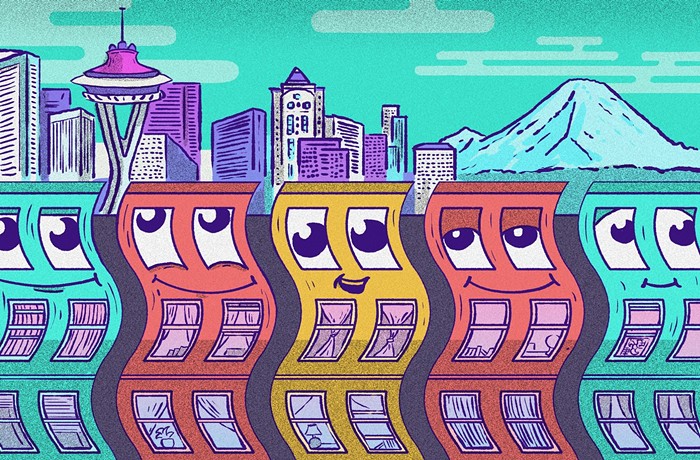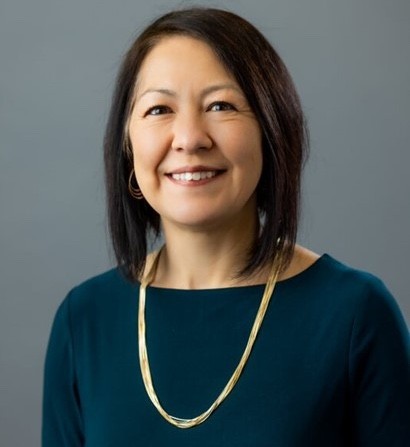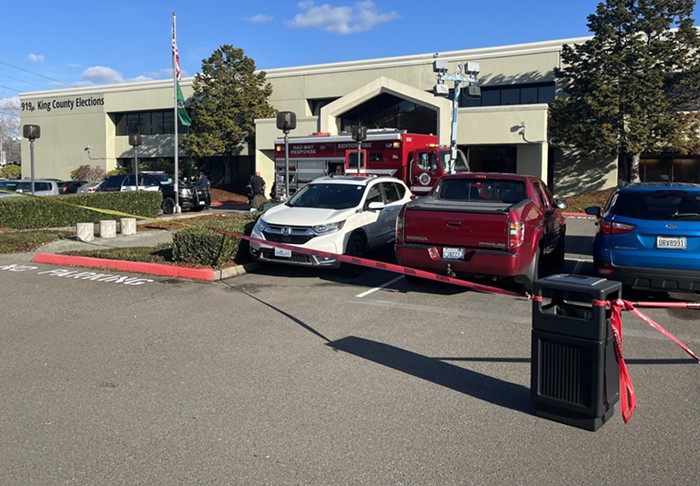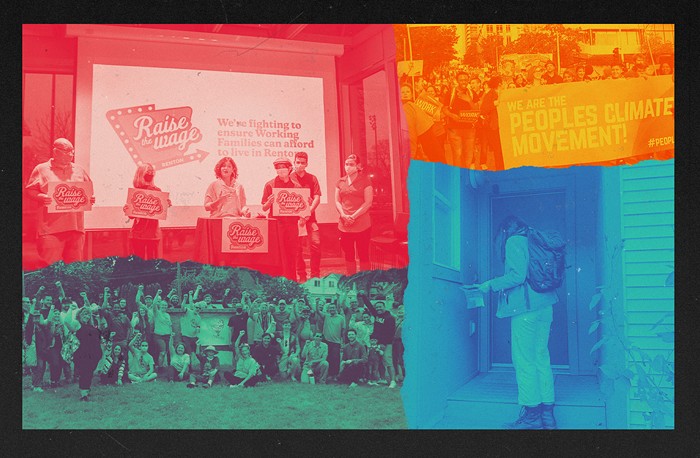Commendably, the SMP chose to do the latter, shaving what agency director Joel Horn predicts will be "tens of millions" off the monorail's projected cost. In doing so, it ran headlong into a phalanx of downtown developers and Seattle Center NIMBYs, who excoriated the agency for picking two segments of the route--one through Seattle Center, the other along the west side of Second Avenue--that will cost less and allow simpler, more compact stations than the other alternatives. "In many areas, the lower-cost solution is also what's best for the community," Horn said last week.
Unfortunately, that cost-saving impulse may have led the SMP down the wrong track in one notable instance: the decision to run the monorail along single tracks in Ballard, SoDo, and West Seattle. Single-tracking will limit the monorail's capacity and create the potential for scheduling and safety headaches.
Here's how it works: At certain points along the route, a train on a single beam can move onto a double "passing track." At each end of the double track--often located adjacent to stations--is a 75- to 90-foot-long structure called a switch, which moves the trains from the passing track onto the single beam and vice versa. Only one train can travel along the single track at a time.
Single-tracking, proponents say, offers a slimmer profile through outlying neighborhoods than a traditional double-tracked monorail and saves millions of dollars in materials and construction costs. But those savings may have significant drawbacks of their own. Because only one train can be on the track at any time, a train approaching either end of the West Seattle Bridge, for example, will have to wait for an oncoming train to finish crossing the bridge before it can then cross--a delay of about two minutes. That not only limits the number of trains that can run in the system; it also creates potential safety and scheduling headaches, because a train that gets stuck at a station--or, God forbid, on the West Seattle Bridge--creates a domino effect that ripples down the line.
SMP spokesperson Paul Bergman says the agency has designed enough "excess capacity" into the system that the longer wait times shouldn't be a problem. But most of that capacity, Bergman says, will be accomplished by running extra trains downtown, which does nothing for people waiting for trains in outlying areas.
Single-tracking doesn't just create lower capacity now: It also limits it in the future, causing problems if and when monorail ridership grows beyond projections or the agency adds additional lines. Adding cars to trains--the SMP's preferred approach--would be problematic, because station platform lengths (at about 130 feet) limit how long the trains can be. SMP board member Cindi Laws says locking into a single-track system now could also create construction problems in the future, potentially forcing the agency to replace single tracks with higher-capacity double tracks if it ever wants to add extra lines to the system.


















